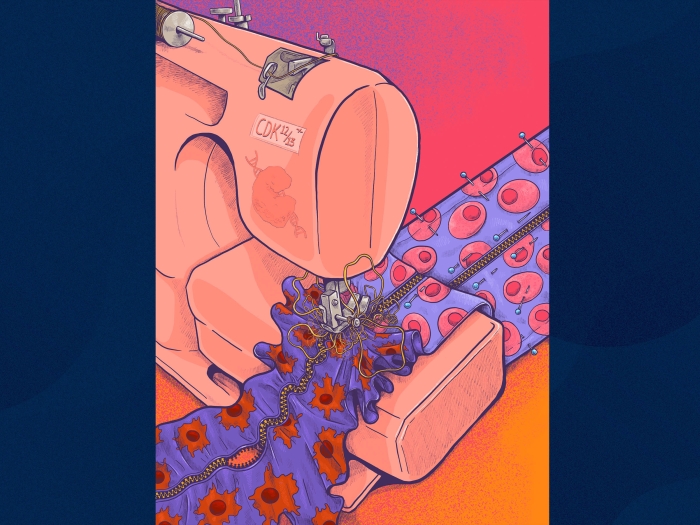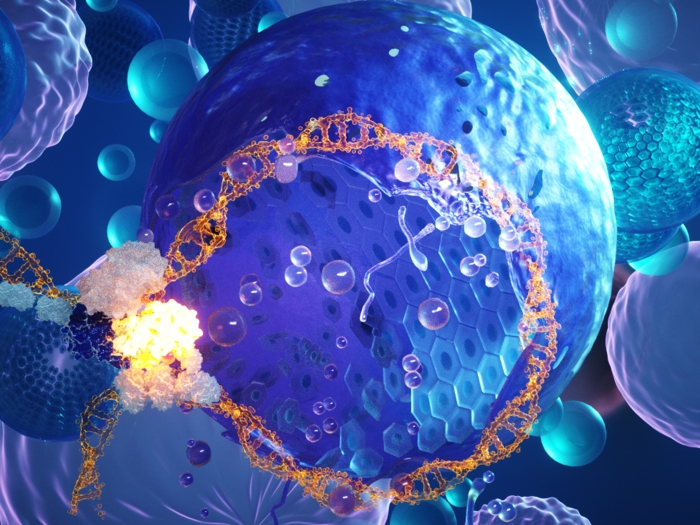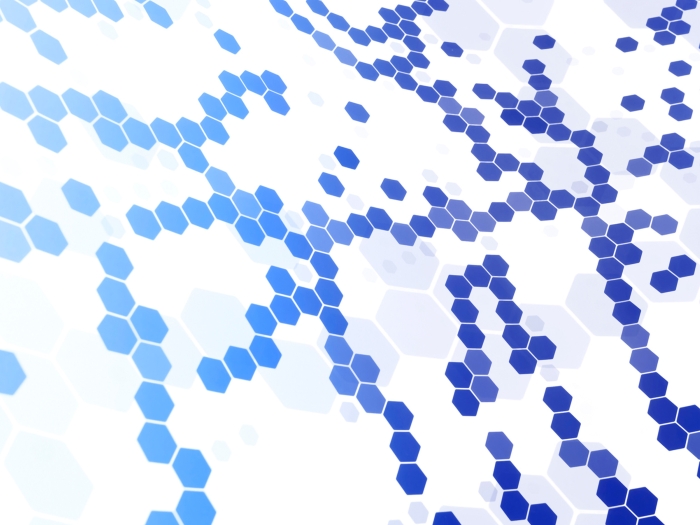
S P Hicks Endowed Professor of Pathology
Section Head
Michigan Center for Translational Pathology
Professor of Pathology and Professor of Urology
[email protected]
Available to mentor
Arul M Chinnaiyan

Professor
-
Center MemberMM-PKUHSC Joint Institute
-
Center MemberTaubman Institute
-
Center MemberPrecision Health Initiative
-
Center MemberGlobal REACH
-
Center MemberRogel Cancer Center
-
Center MemberCenter for Computational Medicine and Bioinformatics
-
Messinger D, Harris MK, Cummings JR, Thomas C, Yang T, Sweha SR, Woo R, Siddaway R, Burkert M, Stallard S, Qin T, Mullan B, Siada R, Ravindran R, Niculcea M, Dowling AR, Bradin J, Ginn KF, Gener MAH, Dorris K, Vitanza NA, Schmidt SV, Spitzer J, Li J, Filbin MG, Cao X, Castro MG, Lowenstein PR, Mody R, Chinnaiyan A, Desprez P-Y, McAllister S, Dun MD, Hawkins C, Waszak SM, Venneti S, Koschmann C, Yadav VN. Neuro Oncol, 2023 Jan 5; 25 (1): 54 - 67.Journal ArticleTherapeutic targeting of prenatal pontine ID1 signaling in diffuse midline glioma.
DOI:10.1093/neuonc/noac141 PMID: 35605606 -
van Riet J, Saha C, Strepis N, Brouwer RWW, Martens-Uzunova ES, van de Geer WS, Swagemakers SMA, Stubbs A, Halimi Y, Voogd S, Tanmoy AM, Komor MA, Hoogstrate Y, Janssen B, Fijneman RJA, Niknafs YS, Chinnaiyan AM, van IJcken WFJ, van der Spek PJ, Jenster G, Louwen R. Commun Biol, 2022 Apr 8; 5 (1): 338Journal ArticleCRISPRs in the human genome are differentially expressed between malignant and normal adjacent to tumor tissue.
DOI:10.1038/s42003-022-03249-4 PMID: 35396392 -
Sedig LK, Jacobs MF, Mody RJ, Le LQ, Bartnik NJ, Gornick MC, Anderson B, Chinnaiyan AM, Roberts JS. Pediatr Blood Cancer, 2022 Sep; 69 (9): e29791Journal ArticleAdolescent and parent perspectives on genomic sequencing to inform cancer care.
DOI:10.1002/pbc.29791 PMID: 35735208 -
Tosoian J, Sessine M, Trock B, Ross A, Xie C, Zheng Y, Samora N, Siddiqui J, Niknafs Y, Chopra Z, Tomlins S, Kunju L, Palapattu G, Morgan T, Wei J, Salami S, Chinnaiyan A. 2022 Research Square,PreprintMyProstateScore in Men Considering Repeat Biopsy: Validation of a Simple Testing Approach
DOI:10.21203/rs.3.rs-1728404/v1 -
Hon J, Kenum C, Bawa PS, Dommeti VL, Sahu AA, Gandham M, Li C-C, Taher ZI, Zelenka-Wang S, Tien JC, Shankar S, Chugh S, Chinnaiyan AM. Cancer Research, 2022 Jun 15; 82 (12_Supplement): 2538 - 2538.Journal ArticleAbstract 2538: Role of Argonaute 2 in regulation of immune microenvironment in pancreatic cancer
DOI:10.1158/1538-7445.am2022-2538 -
Shah P, Bawa P, Xiao L, Kleyman Y, Vo J, Dhanasekaran SM, Brown J, Loeding N, Koons A, Siddiqui J, Cao X, Chinnaiyan AM. Cancer Research, 2022 Jun 15; 82 (12_Supplement): 3383 - 3383.Journal ArticleAbstract 3383: Circular RNAs as non-invasive diagnostic biomarkers for prostate cancer
DOI:10.1158/1538-7445.am2022-3383 -
Ma L, Tong Y, Zhou Q, Yan H, Hou X, Ren Z, Li J, Wang H, Qian W, Zhang Y, Goren A, Chinnaiyan A. Cancer Research, 2022 Jun 15; 82 (12_Supplement): 5274 - 5274.Journal ArticleAbstract 5274: Mechanisms of action (MOA) for proxalutamide, an androgen receptor (AR) antagonist, for the treatment of mild, moderate and severe COVID-19 patients
DOI:10.1158/1538-7445.am2022-5274 -
Dadhania V, Gonzalez D, Yousif M, Cheng J, Morgan TM, Spratt DE, Reichert ZR, Mannan R, Wang X, Chinnaiyan A, Cao X, Dhanasekaran SM, Chinnaiyan AM, Pantanowitz L, Mehra R. BMC Cancer, 2022 May 5; 22 (1): 494Journal ArticleLeveraging artificial intelligence to predict ERG gene fusion status in prostate cancer.
DOI:10.1186/s12885-022-09559-4 PMID: 35513774

Health Lab
A study identifies an enzyme as a new therapeutic target for “cold” tumors.

Health Lab
In two separate papers, U-M researchers describe how a gene alteration drives prostate cancer and a potential degrader that stops it

Health Lab
Researchers have uncovered a key reason why a typically normal protein goes awry and fuels cancer. They found the protein NSD2 alters the function of the androgen receptor, an important regulator of normal prostate development.

Health Lab
A study from the University of Michigan Health Rogel Cancer Center furthers research that suggests the potential of developing new cancer treatments to target oncogenic transcription factors by indirectly affecting their ability to access enhancer DNA in chromatin.